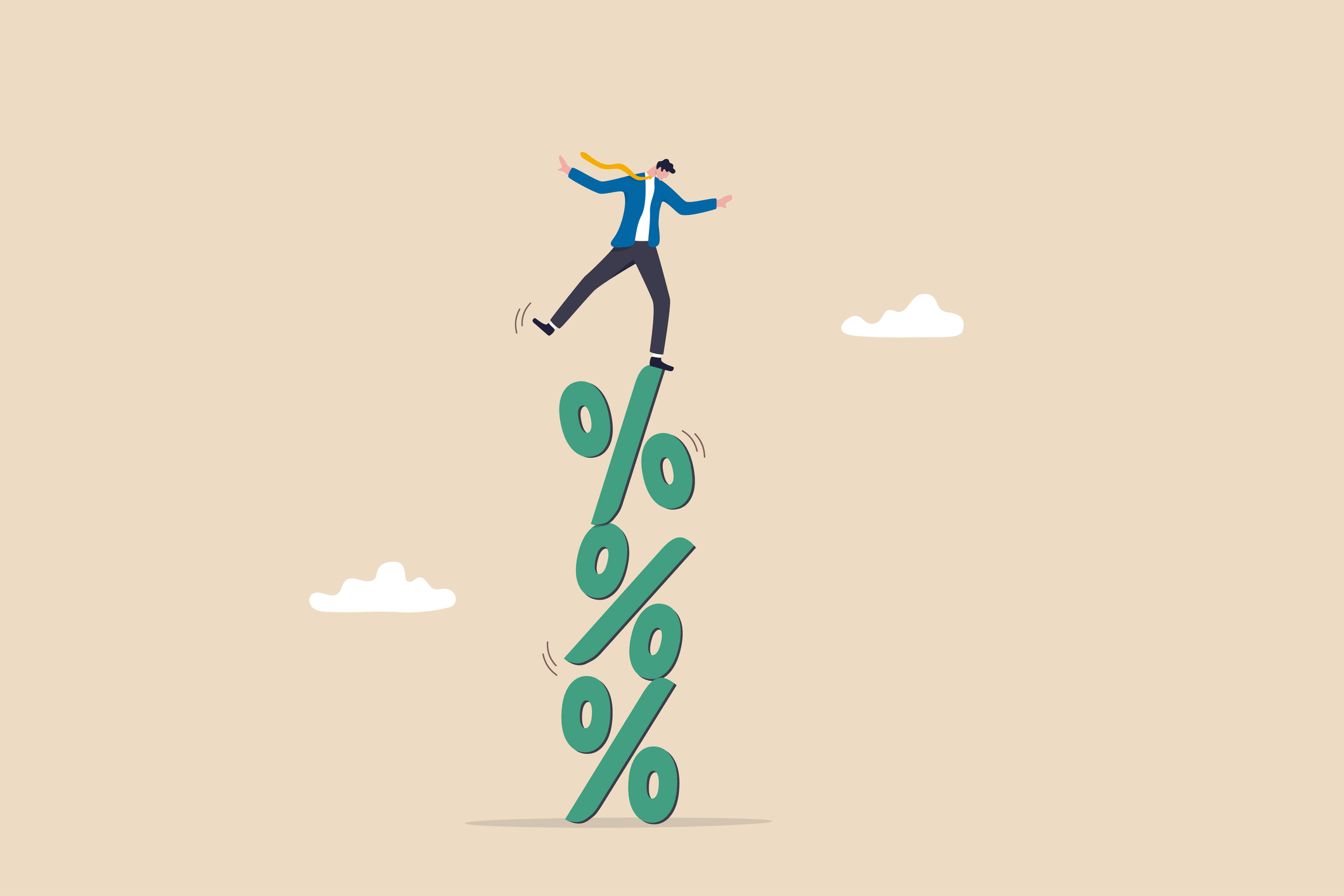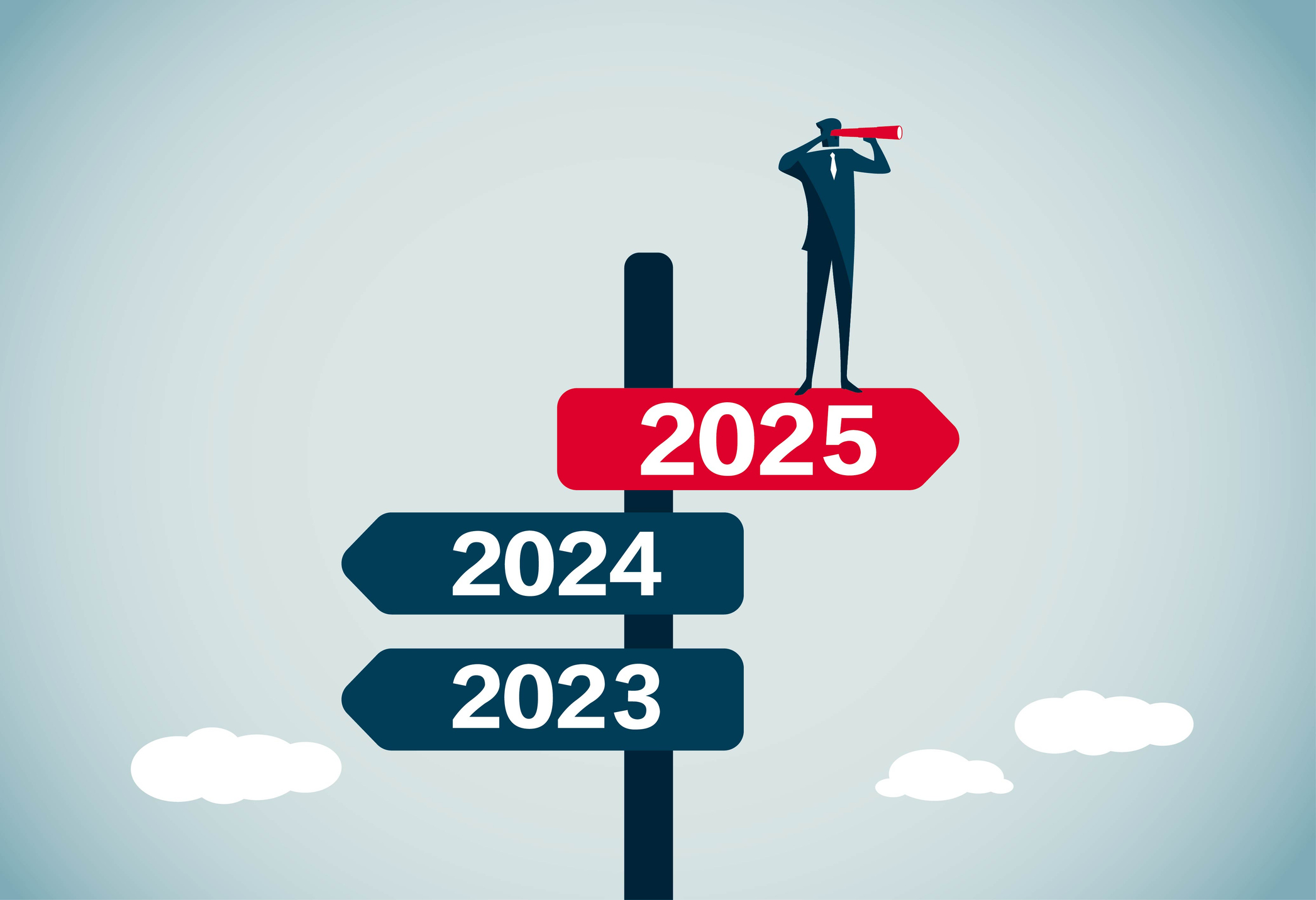Recession Delayed to 2024, If Any: Kiplinger Economic Forecasts
Rising interest rates haven’t yet slowed consumer spending to bring the economy into a recession.


Economists have been bracing for an anticipated recession for almost a year, but the economy has remained resilient. To help you understand what is going on and what we expect to happen in the future, our highly-experienced Kiplinger Letter team will keep you abreast of the latest developments and forecasts (Get a free issue of The Kiplinger Letter or subscribe). You'll get all the latest news first by subscribing, but we will publish many (but not all) of the forecasts a few days afterward online. Here’s the latest...
The big question midway through the year: Is a recession coming, or not? Interest rates have soared, and short-term rates are much higher than long-term rates, a classic recession indicator. And yet, the economy keeps chugging. Can that last?
If a recession hits, it’s likely to come later than we and many forecasters once thought. The second half of 2023 seemed like a good bet. The first half of 2024 may see a downturn. Probably no sooner than that. Why not? Unlike in prior cycles of rising rates, the steep hikes implemented by the Federal Reserve are doing little to slow the economy so far. Normally, higher rates quickly curb demand for houses and automobiles, since they are typically financed. Declining sales lead to layoffs in home building and manufacturing, spooking consumers into spending less. Soon, a general dip in spending leads to a recession.

Sign up for Kiplinger’s Free E-Newsletters
Profit and prosper with the best of expert advice on investing, taxes, retirement, personal finance and more - straight to your e-mail.
Profit and prosper with the best of expert advice - straight to your e-mail.
Now, demand for cars and houses is up, in spite of higher interest rates. Pent-up demand for cars dating back to the pandemic is still there. And since few homeowners are putting their homes on the market, opting to hang on to superlow mortgage rates scored during COVID-19, the market for new homes is heating up. Builders are busy and hiring more workers if they can, not firing. More generally, service businesses are doing well, and they’re still hiring. Consumers appear OK. They still have $533 billion in extra savings built up during the pandemic. Their cash balances have been dwindling, but should still last well into 2024. Delinquencies on credit cards, car loans and other debt are ticking up, which may be a warning sign, but it’s too early to say how serious it is.
So, can we sound the all-clear? Not yet. At a minimum, growth will be slow through the rest of this year and well into next, even if we dodge an official recession. Continued slow growth likely means the Fed will keep hiking interest rates. At least two more quarter-point hikes seem likely. Inflation is falling, but too slowly. Only a recession would get Fed Chair Jerome Powell to ease up on fighting inflation. The lack of a formal recession might sap the economy of future vigor, too. Recessions, though painful, are also healthy. They can set the stage for expansion after clearing out bad debts and weak companies, like new growth after a forest fire.
And while there’s no sign of a downturn yet, it may simply be delayed. Some prior episodes when short-term rates rose above long-term rates raised alarms, but the actual recession didn’t arrive for almost a year or longer. Today’s inversion of the yield curve began eight months ago, so we might need to wait until year-end before the storm clouds really start to gather. Now is no time to let down your guard.
This forecast first appeared in The Kiplinger Letter, which has been running since 1923 and is a collection of concise weekly forecasts on business and economic trends, as well as what to expect from Washington, to help you understand what’s coming up to make the most of your investments and your money. Subscribe to The Kiplinger Letter.
Get Kiplinger Today newsletter — free
Profit and prosper with the best of Kiplinger's advice on investing, taxes, retirement, personal finance and much more. Delivered daily. Enter your email in the box and click Sign Me Up.

David is both staff economist and reporter for The Kiplinger Letter, overseeing Kiplinger forecasts for the U.S. and world economies. Previously, he was senior principal economist in the Center for Forecasting and Modeling at IHS/GlobalInsight, and an economist in the Chief Economist's Office of the U.S. Department of Commerce. David has co-written weekly reports on economic conditions since 1992, and has forecasted GDP and its components since 1995, beating the Blue Chip Indicators forecasts two-thirds of the time. David is a Certified Business Economist as recognized by the National Association for Business Economics. He has two master's degrees and is ABD in economics from the University of North Carolina at Chapel Hill.
-
 Fired Up By the Masters and RBC Heritage? See These Homes for Sale By Golf Courses
Fired Up By the Masters and RBC Heritage? See These Homes for Sale By Golf CoursesFive homes for sale near golf courses, for people who can't get enough of the tour.
By Alexandra Svokos
-
 The Economic Impact of the US-China Trade War
The Economic Impact of the US-China Trade WarThe Letter The US-China trade war will impact US consumers and business. The decoupling process could be messy.
By David Payne
-
 The Economic Impact of the US-China Trade War
The Economic Impact of the US-China Trade WarThe Letter The US-China trade war will impact US consumers and business. The decoupling process could be messy.
By David Payne
-
 What DOGE is Doing Now
What DOGE is Doing NowThe Kiplinger Letter As Musk's DOGE pursues its ambitious agenda, uncertainty and legal challenges are mounting — causing frustration for Trump.
By Matthew Housiaux
-
 A Move Away From Free Trade
A Move Away From Free TradeThe Letter President Trump says long-term gain will be worth short-term pain, but the pain could be significant this year.
By David Payne
-
 Trump’s Whirlwind Month of Crypto Moves
Trump’s Whirlwind Month of Crypto MovesThe Kiplinger Letter The Trump administration wants to strengthen U.S. leadership in the cryptocurrency industry by providing regulatory clarity.
By Rodrigo Sermeño
-
 What Could Derail the Economy This Year?
What Could Derail the Economy This Year?The Letter While the outlook for the U.S. economy is mostly favorable, there are plenty of risks that bear watching.
By David Payne
-
 Three Ways President Trump Could Impact the Economy
Three Ways President Trump Could Impact the EconomyThe Letter Some of Trump's top priorities could boost economic growth, but others risk fueling inflation.
By David Payne
-
 10 Predictions for 2025 from The Kiplinger Letter
10 Predictions for 2025 from The Kiplinger LetterThe Kiplinger Letter As 2025 arrives, here are our top 10 forecasts for the new year.
By Letter Editors
-
 Europe Faces Economic and Political Headwinds Next Year
Europe Faces Economic and Political Headwinds Next YearThe Letter Challenges for Europe: Potential tariffs, high energy prices and more competition from China will weigh on the bloc in 2025.
By Rodrigo Sermeño